
Sophisticated and Entertaining Games for Improving Cognitive Function
Strengthening Cognitive Abilities
The games in ACTIVATE™ strengthen a child’s cognitive skills by offering a wide range of cognitive tasks, like memorizing sequences, completing patterns, task-switching, and sorting objects into categories. Originally developed to help improve cognitive function for children with ADHD, the programs were so effective in helping students of all capabilities improve their cognitive function they are now being made available to all children.
Data is collected with every click in every game as well as from the built-in assessments. This total data capture means every interaction is tracked and measured for accurate progress reporting. ACTIVATE™ is an adaptive technology – it quickly moves children through exercises in areas of their strength, keeps them working longer in areas of their weaknesses, and avoids keeping them working on exercises for too long after their maximum gain has been reached. The program recognizes when the child makes an error, and coaches children in real time how to improve their thinking strategies.
The Games of ACTIVATE™
Treasure Trunk
This game targets the following skills:
In this game, the child begins with a very simple task – tracking a small light around the screen. When the light changes to a jewel, the child needs to grab it before it disappears. When the child gets enough correct, the light begins to move faster. As the child moves up in levels, the game instructions becomes more complex, like only grabbing certain color jewels and ignoring others as well as choosing the matching missing half of a jewel.
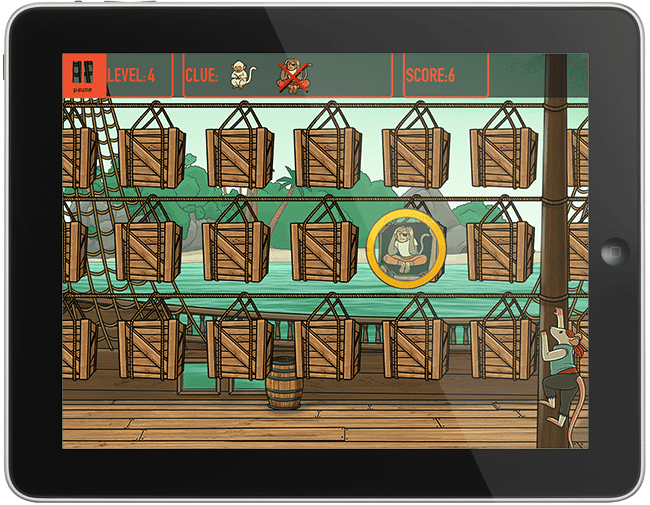
Magic Lens
This game targets the following skills:
In this game, the child must first find the monkeys hidden in the pirates’ crates. When the magic lens reveals a monkey, the child clicks the monkey to free it. The lens moves faster when the child makes enough correct responses, and slows down if they make a mistake. In higher levels they look for other objects in the crates – first pirate monkeys and, later, boots. The child uses clues at the top of the screen to know what rules they are to follow.
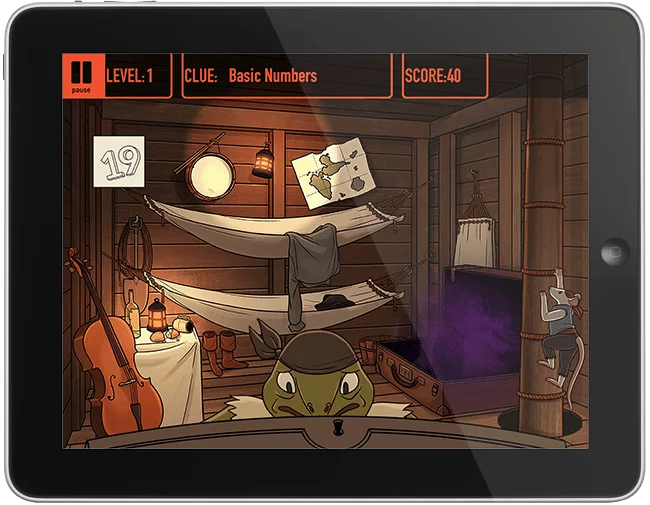
Pirate Pete's Packing Panic
This game targets the following skills:
- Category Formation
- Sustained Attention
- Speed of Information Processing
- Response Inhibition
- Multiple Simultaneous Attention
- Cognitive Flexibility
- Working Memory
In this game, Pirate Pete needs help packing his trunk for a trip to shore- and he’s in a frenzy! As Pirate Pete frantically tosses objects in the air, the child must grab the object that matches the category in the top right of the screen. If the child identifies the object correctly, it will fly into the magic trunk – if they get it wrong, the object will crash to the ground. The speed of the objects increases when the child makes enough correct responses. As the child goes up in levels, the game adds more objects, categories may begin switching in the middle of the level, and the categories grow more complex.
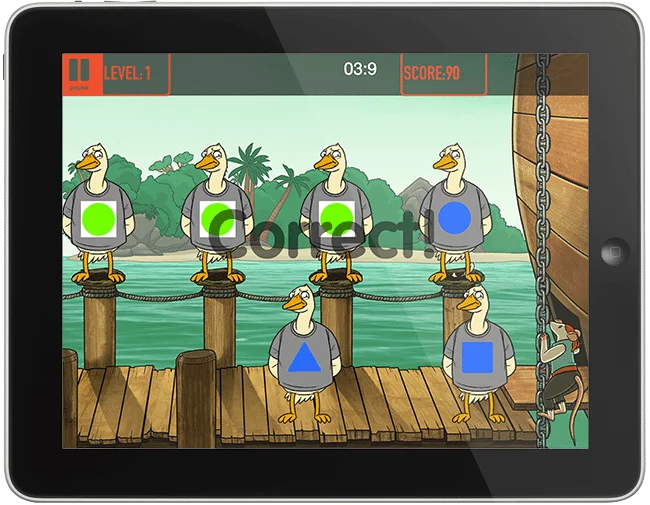
DUCKS
This game targets the following skills:
- Category Formation
- Pattern Recognition
- Response Inhibition
- Multiple Simultaneous Attention
- Sustained Attention
- Speed of Information Processing
In this game, the child sees ducks wearing shirts suggesting the beginning of a pattern and followed by an empty space. They need to figure what ducks from the bottom row best fits into the empty space that completes the pattern so the ducks can fly off in formation. The time to complete the puzzle decreases the more answers the child gets correct. Different levels have different shapes and pictures with more complex progressions.
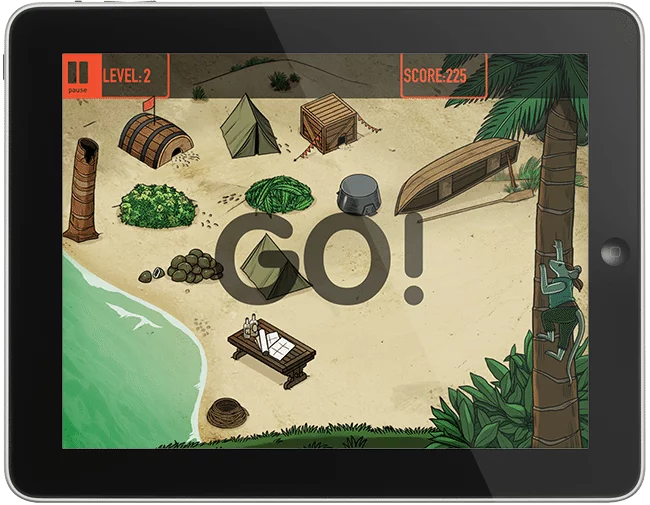
Monkey Trouble
This game targets the following skills:
In this game, the child sees a pattern appear on screen created by a mischievous monkey. The child then has to repeat that pattern by clicking on the specific objects in the correct order. The pattern gets longer the more answers are correct, and shorter if the child makes a mistake. Eventually the student will need to be able to match the correct pattern in reverse.
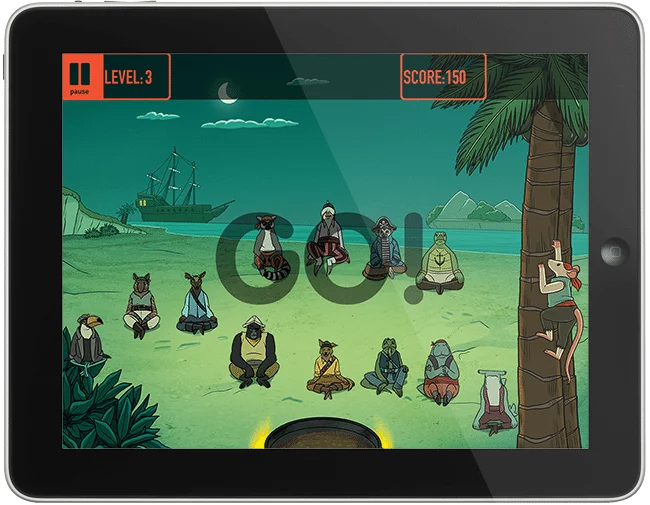
Grub Ahoy
This game targets the following skills:
In this game, the child sees a pattern appear on screen created by hungry pirates. The child then has to repeat that pattern by clicking on the specific objects in the correct order. The pattern gets longer the more answers are correct, and shorter if the child makes a mistake. Eventually the student will need to be able to match the correct pattern in reverse.
